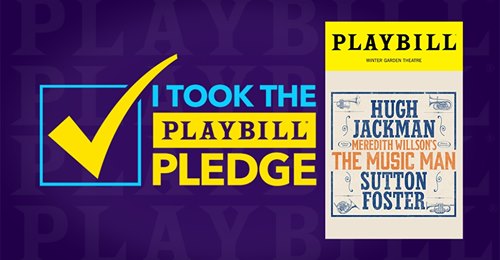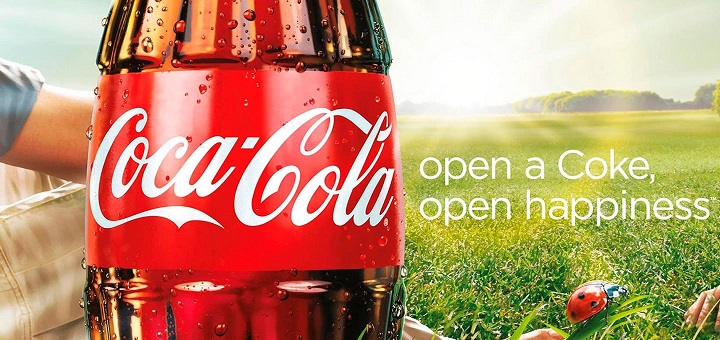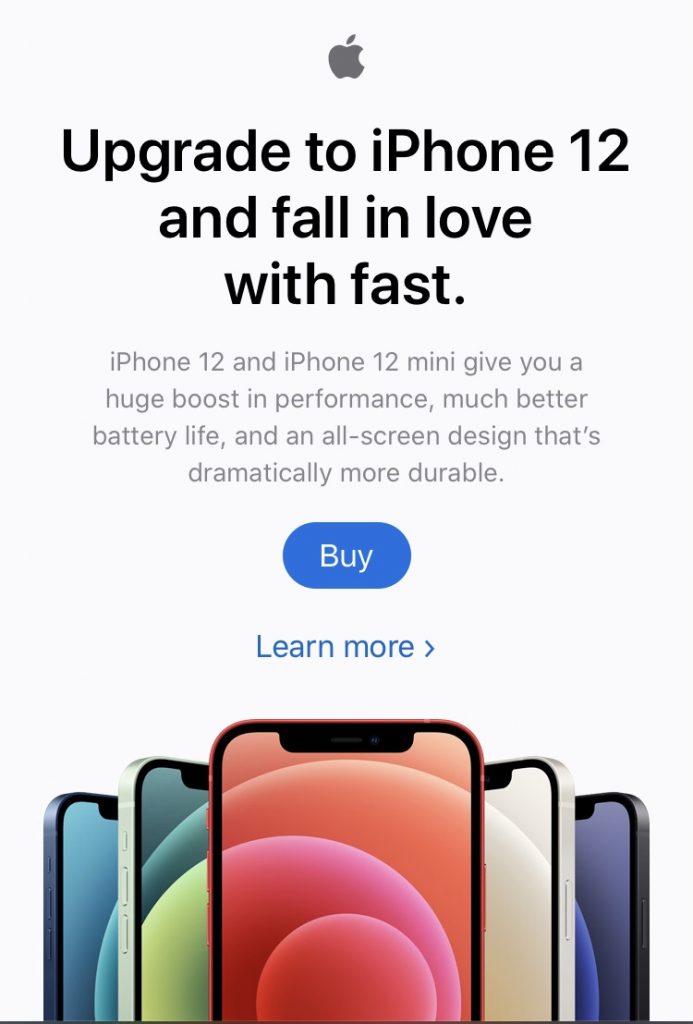Flouting Gricean Maxims in Online Advertising: by Meg Deters
Introduction
The focus of this project is pragmatics in online advertising regarding the Gricean Maxims. I will be collecting data from ads found on product websites, Youtube, Facebook, and email ads, and will use them to draw conclusions about the most common maxim flouting that occurs in online advertising. I want to see what assumptions companies make about their target audience to better understand how they attract consumer attention. What is the extra meaning? Are they using flouting tactics that put consumers down by making them feel guilt for something? Are they using a person’s insecurities to convince them to purchase their product? Are they implying that they will be different from others if they don’t purchase something? What is the commonality between the flouts that occur within advertising, and does it have a negative influence? (What makes it negative?)
Sources & Context
The source from which I am obtaining my information is Peter Grundy’s textbook, Doing Pragmatics. In his text, he discusses Paul Grice’s Cooperative Principle theory and the four maxims that he proposes.
The Maxims:
Quantity means that the contribution from the speaker is as informative as is required for the purpose of the current exchange, while also not being overly informative.
Quality means that the contribution is truthful.
Relevance/Relation requires the contribution to be relevant to the exchange.
Manner avoids obscurity and ambiguity, and is brief and orderly.
Of course, not everyone follows these maxims all of the time. When this occurs, it is called flouting. Flouting can cause confusion and an implication of another meaning. This is a common tactic found in advertising, as it allows viewers to assume certain things about a companies products or services. (Grundy, 73-75)
Implicature
“An inferred meaning, often with a different logical form from that of the original utterance.” (Grundy, 276)
The way in which people word their sentences and phrases can affect an implied meaning on their statement, and what is thought to be implied varies from person to person depending on the background context and knowledge that the addressee has. (Grundy, 79)
Methods
I am gathering my data through product websites, Youtube, Facebook, and email ads by selecting random advertisements from each. After I have extracted the advertisement examples, I will analyze them and explain the maxim(s) that have been flouted within the message, while also giving a likely explanation as to why the company has done so. Below these examples, you will find a chart that lays out all of the data I’ve collected in total.
Data & Analysis
McDonald’s Bacon Fries Superbowl Ad (Youtube)
JB Smoove: Wow.
Ken Jeong: Right?
JB: These cheesy bacon fries are tremendous.
KJ: I know! Crispy bacon is the best thing to ever happen to the fries.
JB: Haha, what? This is the fry’s show. “McDonald’s world famous fries – featuring bacon.”
KJ: Or is the bacon giving the fries a whole new street cred because of the audience?
JB: I’m gonna let the bacon think that.
KJ: What was that? I couldn’t hear you over the bacon-ovation. *fake cheering* BACON, BACON, BACON.
Ad overvoice: Mcdonalds classics with bacon. Only for a limited time. Is it the best thing to happen to our classics, or to bacon? Try for yourself and decide.
Maxims and Flouts:
- When Ken Jeong says, “What was that? I couldn’t hear you over the bacon-ovation,” and then he begins cheering, he is flouting the Quality Maxim because there is not actually an audience cheering and no one is actually giving the bacon a standing ovation.
- He flouts this maxim to imply that the bacon is “tremendous” enough to receive the standing ovation.
- This is also true when he asks, “Or is the bacon giving the fries a whole new street cred because of the audience?”.
- In the conclusion of the ad, “McDonald’s classics with bacon. Only for a limited time”;
- What do they mean by classic? What do they mean by a limited time?
- They are being intentionally vague here and are flouting the Manner Maxim so that the audience assumes certain things about the products.
- Hearing a term like “classic” implies that it is an item that has been judged over a long period of time and has been considered of a very high quality.
- When we hear “limited” time, it is implied that the item will not be here for very long, but we do not know how long exactly. This confusion can prompt consumers to purchase the item sooner rather than later.
- This ad is intended to be humorous and takes advantage of that humor by hinting at the quality and value of the product without directly telling the consumer to purchase it.
- This ad is a good example because it was intended for a widespread audience.
Maybeline Ad (Product Website)
Maxims & Flouts:
- This ad flouts the Relevance/Relation Maxim.
- The company Mabeline is well known for is promotion and production of makeup and cosmetic products, and this ad distracts from the main intent of their company.
- By attaching an image of two attractive women, likely to showcase the outcome of the company’s products, to their advertisement for supporting “anxiety and depression”, they are straying from what the company sells to add and showcase the more charitable and more socially beneficial aspect of their company to draw in more consumers.
- The advertisement is implying that a large group of people, that look something like this, have come “together” to support a worthy cause like anxiety and depression, and that you are supported by them and should join them as well. In other words: Maybeline cares about how you look and how you feel.
- This is not necessarily a negative ad, as it could potentially be serviceable to a large group of people, but the company is flouting this maxim in an attempt to benefit their company as well as whatever organization they are aiding.
- It could also be argued that the Quantity Maxim is being flouted here.
- The ad says, “Join our global initiative in support of anxiety and depression”, but fails to state information on what exactly the company is doing in support of anxiety and depression, pushing consumers to click on the ad to learn more.
Playbill (Facebook Ad)

Maxims and Flouts
- This ad flouts the Quantity Maxim.
- The only information provided in this ad is that there is a pledge available to sign and support. There is no information regarding what signing the pledge will do or who it will benefit.
- The tactic behind flouting this maxim might be to simply draw the interest of consumers by showing familiar names and a familiar logo.
- This would potentially draw the attention of an audience that is interested in the musical theatre business, that are fans of this particular musical, The Music Man, or that are familiar with, or fans of, the actor and actress shown on the playbill.
- By showing the easily recognizable Playbill logo, they are able to quickly draw the attention of certain people, and by having a lack of information provided upfront urges consumers to click on the ad to learn more.
Spotify Ad (Email)

Maxims and Flouts
- This ad flouts the Manner Maxim.
- Spotify provided only a small amount of information that was vague and ambiguous to entice the viewer to click on the ad to learn more.
- They used the term “Upcoming” which does not share a precise time period for the event so the viewer is unaware of when it will occur and whether or not they will be able to attend.
- They do not define what they mean by “event” either. Is it a concert? Is it an interview? etc.
- They also do not specify in what way it is a “virtual” event. Is it live? Is it a pre-recorded event? etc.
- They really do not include language in this ad that gives away information that isn’t vague. The most important words found on the ad are “picked for you”. The goal of Spotify here was only to draw the attention of the viewer.
Other Ads Included in Data:
Bud Light Seltzer Ad (Youtube)
Coca-Cola Ad (Facebook)

Apple Ad (Email)

Trulicity Ad (Product Website)

Data Table
In this table, I have combined the four advertisements analyzed above with another four advertisements. Two ads have been pulled from each source (product websites, Youtube, Facebook, and email ads), with a total of eight ads all together.
| Quantity | Quality | Relevance/Relation | Manner | Source | |
| McDonald’s | x | x | Youtube | ||
| Maybeline | x | x | Product Website | ||
| Playbill | x | ||||
| Spotify | x | Emails | |||
| Bud Light Seltzer | x | Youtube | |||
| Coca-Cola | x | ||||
| Apple | x | x | |||
| Trulicity | x | Product Website |
Conclusion
In my introduction I asked a few questions regarding the extra meaning behind advertisements. After completing my research and analysis of various advertisements, I have concluded this:
Are they using flouting tactics that put consumers down by making them feel guilt for something? There was only one example of this occurring in the advertisements. In the Maybeline ad, found on their website, they used the Relevance/Relation Maxim to distract from the company’s product and draw attention to the cause of supporting anxiety and depression. Although this is a worthy and amiable cause, it could also be viewed as a marketing tactic that guilts customers into becoming more involved in their business or purchasing more of their products. (Keep in mind that these conclusions are only referring to instances where flouting was used to carry out the marketing tactics)
Are they using a person’s insecurities to convince them to purchase their product? I found no evidence of this.
Are they implying that they will be different from others if they don’t purchase something? It could be argued that in both of the Youtube advertisements, for McDonalds and Bud Light Seltzer, the Quality Manner was flouted by celebrities to exaggerate the quality of the product, and that with the celebrities help, consumers are more willing to purchase the product.
What is the commonality between the flouts that occur within advertising, and does it have a negative influence? (What makes it negative?) Overall, I do not think that any of the advertisements I analyzed had a negative intent or overall negative influence on the viewer. While all of the companies employed flouting at least once (twice in some cases) in order to enhance their suggestive power on the consumer, none of them used extreme tactics to attack or put down them down.
The Quality Maxim was flouted in fifty percent of the advertisements, the most frequent of the four.
The Relevance/Relation and the Quantity Maxim were flouted the least at twenty-five percent each.
Both of the Youtube advertisements flouted the Quality Maxim and used celebrities in their ad.
Both of the product website advertisements flouted the Relevance/Relation Maxim.
Both of the email advertisements flouted the Manner Maxim.
All of the food and beverage advertisements flouted the Quality Maxim to emphasis the high standard of their products.
None of the advertisements flouted more than two maxims.
Bibliography
Grundy, P. (2020). Doing Pragmatics(Fourth ed.). New York, NY: Routledge.
Links to Advertisements
https://www.youtube.com/watch?v=pSXvGHuaQUk
https://open.spotify.com/concerts
https://www.youtube.com/watch?v=nbbp0VW7z8w
https://www.coca-colacompany.com/home
https://www.apple.com/iphone-12/key-features/?cid=CDM-US-DM-P0020985-472236